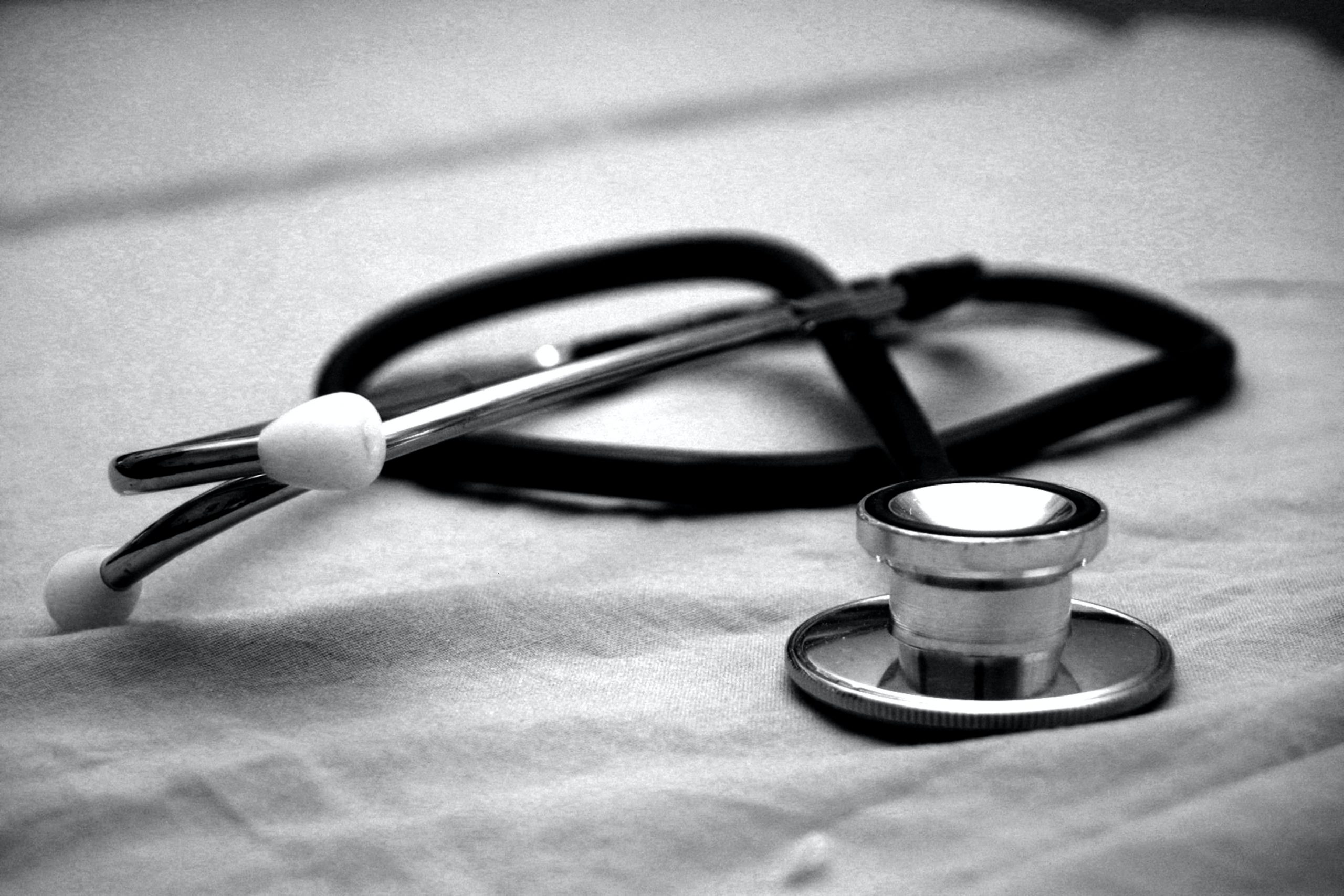How low can you go when it comes to your blood pressure? Research from the National Institutes of Health (NIH) suggests that treating those in the prehypertension systolic range of 120 to 140 mm Hg is beneficial, according to a press release issued in September.
Research published this month in the New England Journal of Medicine supports the NIH study, finding a significant decrease in heart attack, stroke, and death among people who lower their systolic pressure to 120 mm Hg with more intensive treatment.
The study was conducted by the SPRINT Research Group, and led by Dr. Jackson Wright, director of the clinical hypertension program at University Hospital Case Medical Center in Cleveland. For their study, the researchers examined participants 50 years of age and older with systolic blood pressure between 130 to 180 mm Hg.
Participants were divided into two groups: a less than 140 mm Hg target group, or a less than 120 mm Hg target group. The less than 120 mm Hg group was given three blood pressure medications to take, compared to the less than 140 mm Hg group, which only took two.
The study concluded that the group with a target of less than 120 mm Hg showed lower risk for “fatal and non-fatal cardiovascular events.” This marks a significant finding and may change the way high blood pressure is treated in the future. Based on these results, doctors may begin to treat prehypertension more intensively than in the past.
Lowering your blood pressure, or maintaining a healthy one, may seem challenging in today’s world of convenience and stress. Overworking, sitting at a desk all day, daily stress, making unhealthy nutrition choices, and smoking are among the variables involved in skyrocketing blood pressure levels.
The recently published study uses medications to significantly decrease blood pressure, and consequently, one’s risk of heart attack and stroke. But what about some non-pharmaceutical alternatives? If you have a blood pressure in the red, seeing your doctor is vital, and he or she may prescribe a few medications. However, let’s take a look at a few natural blood pressure-dropping alternatives.
Shed a few of those extra pounds
Research published in the Journal of Clinical Hypertension (2012) suggests that a weight-loss goal of seven pounds over the period of a year may drop your systolic pressure by 11 mm Hg. Obesity continues to plague America, but trimming your waistline could have significant effects on your heart health, among other benefits like reducing your risk for type 2 diabetes.
How do you lose weight? Exercise!
The American Heart Association (AHA) recommends 150 minutes of moderate exercise per week for you to maintain a healthy heart. This will assist you in shedding a few pounds, as well. Morning exercise is the best, and there is no need to go crazy with your exercise regimen. Brisk walking is considered moderate exercise by the AHA.
Eat your fruits and veggies
Making healthy food choices will also help you trim your waistline, fuel your body, and give you a healthy boost of vitamins and minerals. Try to eat more fruits and vegetables, which are high in fiber and low in sodium. However challenging it may be, kicking your addiction to sugar, processed foods, and junk food plays a vital role in lowering blood pressure naturally.


